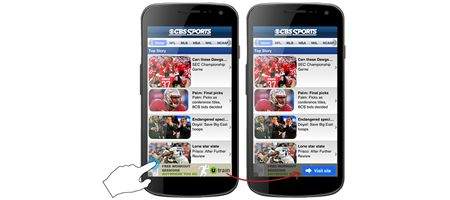It’s annoying for everybody when a user clicks on an ad by mistake. For the user, obviously – but also for the advertiser, who’s paying for clicks that bring no benefit.

Now, though, Google’s making an attempt to solve the problem by introducing a new mobile ad feature. From now on, users will only be taken directly to an ad if they click it in the middle. If they click on the edge, Google will query whether that’s really where they want to go.
“We find that most accidental clicks on in-app image ads happen at the outer edge of the ad unit, likely when you’re trying to click or scroll to nearby content,” says Allen Huang, Google product manager for mobile display ads.
“Now if you click on the outer border of the ad, we’ll prompt you to verify that you actually meant to click on the ad to learn more.”
The move expands the ‘confirmed clicks’ that the company introduced a few years ago for text ad banners on smartphones. Tapping a blue arrow button takes users to the ad, whereas tapping anywhere else in the ad prompts them to confirm their click.
The problem of ‘fat finger’ is, of course, much more widespread with mobile devices and their tiny screens and keyboards. Google says its research has shown that confirmed clicks notably improve mobile conversion rates, with a slight decrease in clickthrough rate as accidental clicks are avoided. Research has shown that more than one in five clicks on mobile ads is accidental.
From Google’s point of view, the decline in clickthrough rates is unlikely to make much difference to the bottom line, while the improvement of conversion rates is potentially very lucrative.






